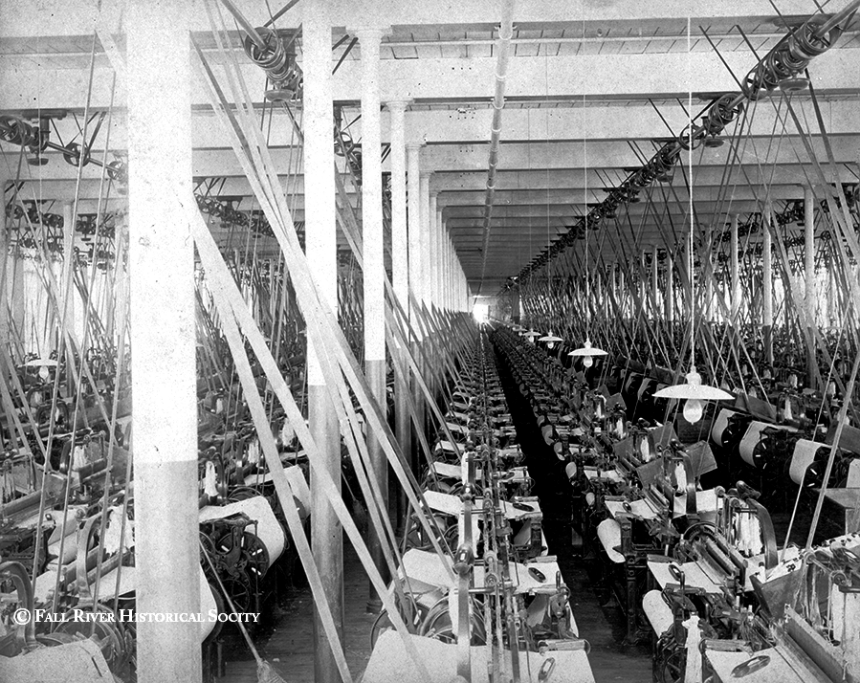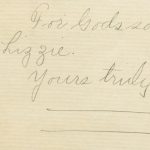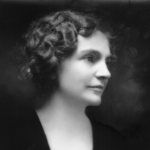In our ongoing work relocating archival materials into the recently completed west room in the Charlton Library of Fall River History, the FRHS staff and volunteers are handling large quantities of fascinating material in myriad subjects on a near daily basis; the scope and content is remarkable, with material dating as far back as the 17th century.
The past several months have been spent working with bound volumes of business records – ledgers, account books, and such – and there is an impressive number of those.
How many, you might ask?
To date, we have shelved and reassigned accession numbers to nearly 1500 volumes of Fall River mill records, and we are not done yet – not by a long shot.
Case in point: The Durfee Mills, organized in 1866 by David Anthony Brayton Sr. (1824-1881) and members of his family – he resided in the building that now houses the FRHS – with the principal partners being his sister, Mary (Brayton) Durfee Young (1814-1891) and her son, Bradford Matthew Chaloner Durfee (1843-1872). It was the spectacular wealth of the latter – only twenty-three years old at the time – that provided the necessary capital, and there was no family in Fall River that could compete with that.
The firm went on to become one of the most lucrative in the city, with a massive complex of mills and subsidiary buildings surrounded by Pleasant Street, Plymouth Avenue, and the north bank of the Quequechan River. The granite structures in the Italianate style were – and are, still – considered the finest industrial complex in the city, and remain remarkably intact.
The albumen photograph illustrating this post depicts an interior view of the Durfee Mills, circa 1880s; it is from the private albums of the Brayton family, held by the FRHS. The noise of the machinery would have been deafening, the working conditions, horrific.
The cutting-edge design plan and use of modern, efficient machinery was intended to increase productivity and profit for the corporation – it did, reaping huge dividends for the shareholders. The firm remained in the sole control of the Brayton family until it was liquidated in 1939.
During its seventy-three years in operation, the Durfee Mills turned out millions of yards of cotton cloth, and dutifully recorded all aspects of its production in countless ledgers and account books of all shapes and sizes – some are cumbersomely large, and, consequentially, heavy.
Fortuitously, a large quantity of them have survived.
They document, in minute detail, the history of this important Fall River manufactory, and provide an important resource for students of local or textile history.
Many have been deposited with the FRHS, and, as of this writing, a staggering 734 individual volumes pertaining to this one corporation have been shelved, with others yet to be processed.
In addition, there is a vast quantity of day-to-day correspondence and business records pertaining to the Durfee Mills – letters, invoices, receipts, and the like – yet to be processed. To estimate the number of pieces would be pure guesswork, but it is, perhaps, well in excess of 25,000 pieces; that figure is a conservative one.
A wealth of primary source material – much of it untapped by researchers and scholars.
Accessibility is key – the collection is available to researchers, and the entire inventory is being listed on the SAILS Library Network, in which the FRHS is a member.
The Durfee Mills records represent only a fraction of the FRHS’s holdings of Fall River textile mill records, though they are by far the largest collection pertaining to a single mill. In addition, substantial collections of records from other corporations are held by the FRHS – 110 volumes from the American Printing Company, and 315 volumes from Troy Cotton & Woolen Manufactory. There are also several hundred additional records – individual volumes or small collections – from others of the city’s many mills.
And there is still material out there in private collections – quantities of it, apparently.
Recently, a legal-size document box filled with nineteenth- and twentieth-century mill records was donated to the FRHS – the donor had the box in her garage, where it had been stored for years.
The provenance? She had no idea.
Among the ledgers, payroll receipts, and various other records is a fine collection of dated textile samples – quite rare, that.
What mill?
The Durfee Mills, of course.








